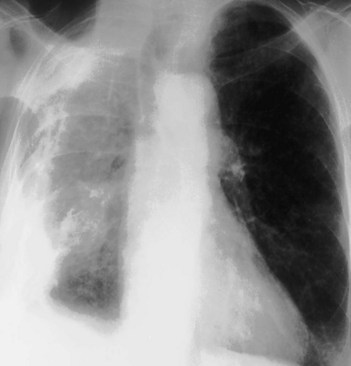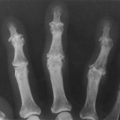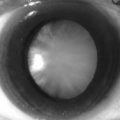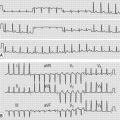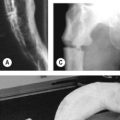109 Old tuberculosis
Salient features
Advanced-level questions
How are contacts investigated?
• Inquiry into bacille Calmette–Guérin (BCG) vaccination site
• Tuberculin test or Mantoux. The test consists of 0.1 ml (5 tuberculin units) of PPD (purified protein derivative) administered intracutaneously, usually in the volar surface of the forearm. The reaction is read 48 to 72 h after injection (although a reading obtained up to 1 week later is accurate). The size of the reaction is determined by measurement of the induration (not erythema) across the forearm at the site of the injection. This test is not 100% sensitive for infection with Mycobacerium tuberculosis, and even among patients with confirmed TB and no apparent immunosuppression, 10–20% will have negative results on tuberculin skin tests.
• Whole-blood interferon-γ assay (based on the release of interferon-γ from T lymphocytes in response to stimulation with M. tuberculosis PPD).
• Chest radiography examination. A chest radiography is considered abnormal if it reveals parenchymal abnormalities; chest radiographys showing pleural thickening or isolated calcified granulomas are not considered to be suggestive of previous TB. Patients with abnormal chest radiography, especially those with opacities occupying >2 cm2 of the upper lobe, should be evaluated for active TB by sputum examination before therapy for latent TB is initiated.
How is latent tuberculosis diagnosed?
High risk patients. Induration of ≥5 mm in diameter on a tuberculin skin test is used to diagnose latent TB. This group includes persons with HIV infection, close contacts of persons with active TB, persons with an abnormal chest radiography showing upper-lobe fibrosis consistent with previous TB, and immunosuppressed patients who have been receiving the equivalent of at least 15 mg/day prednisone for at least 1 month.
Intermediate risk patients. Induration of ≥10 mm should be used to define latent infection.
What are the indications for chemoprophylaxis?
• Chemoprophylaxis may be given to those with strongly positive Heaf test reactions but no clinical or radiological evidence of TB (Thorax 1994;49:1193–1200).
• Chemoprophylaxis should be given to children <5 years who are close contacts of a smear-positive adult irrespective of their tuberculin test result.
• If chemoprophylaxis is not undertaken, follow-up with periodic chest radiography examinations for 2 years is recommended in all these groups.

